Every linguistic journey begins with a single step, a solitary stride towards understanding the fundamental elements of language. For those embarking on the journey of English language comprehension, the first step often starts with the letter A. Understanding this cornerstone of the alphabet is much more than just recognizing its shape or replicating its sound. It involves appreciating its versatility, understanding its different forms, and knowing the myriad words it begins. A comprehensive grasp of the letter A opens up a world of linguistic possibilities, from the objects letter A names to the unique words starting with it.
The English language is a tapestry of sounds, and letter A contributes significantly to this rich soundscape. Its sounds are as diverse as the words it forms, creating a unique auditory experience. Yet, many are unaware of these different sounds of letter A. They remain unexplored, ready to be discovered by those willing to delve deeper into the English language. This journey is not just for beginners; it is also for those who wish to enhance their linguistic understanding.
This post aims to bridge this knowledge gap, guiding readers on an extensive tour through the landscape of letter A. From its basic meanings to its spiritual significance, from its different forms to its multiple sounds, this post will explore every facet of letter A. Its aim is not just to help readers learn letter A, but also to make them appreciate its unique significance in the English language.
Understanding The Basics of Letter A
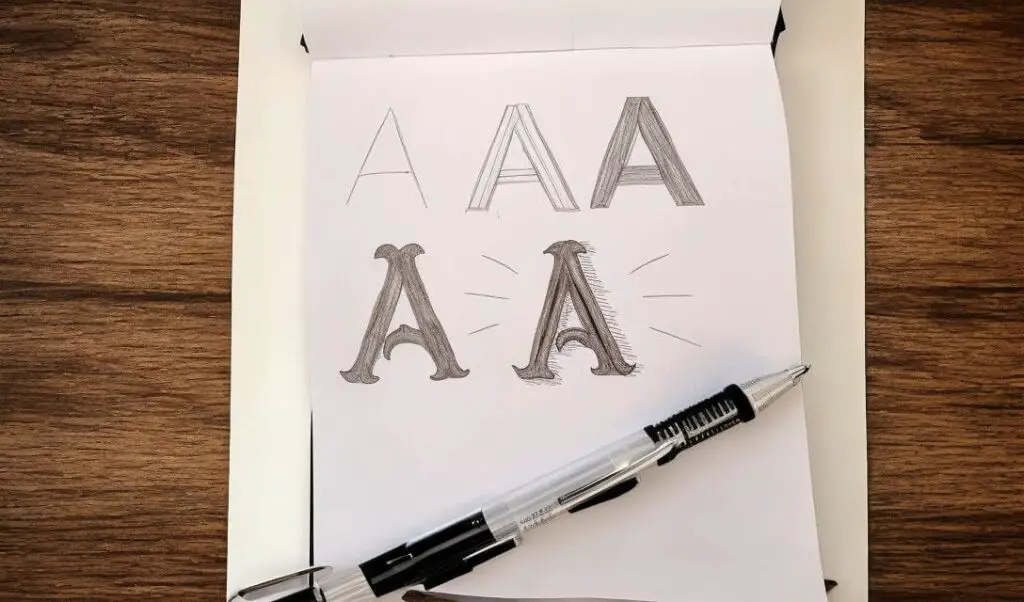
In the English language, the letter A is much more than just the first letter of the alphabet. It’s the first vowel, a key player in phonetics, and an essential character in the formation of words. From a letter’s shape to its sound, from its name to its numerical value, each attribute contributes to its overall identity.
But what is the letter A called in the English language? Named after its Old English ancestor ‘æ’, which was called “ash”, the letter A has now become one of the most versatile characters in the English language. Its name, like its identity, is a testament to its pivotal role in the alphabet.
Now, let’s delve into the meaning of letter A. Being the first letter of the alphabet, it often symbolizes beginnings. Whether it’s the start of a journey, the commencement of a book, or the inception of a thought, the letter A is the linguistic representation of starting anew.
In the next part, we will dive into the spiritual meaning of letter A, explore the sounds it can produce, introduce a song for letter A, and discuss techniques for introducing the letter to beginners. We will also see how it is represented in sign language, taking our understanding of this incredible letter to a new level.
The significance of the letter A expands beyond its conventional use in writing and speaking. Each letter in the alphabet holds a specific spiritual value and A, being the first, is no exception. The spiritual meaning of letter A can be traced back to ancient times when letters were believed to hold mystical powers. In many cultures, A is considered a symbol of creation, representing unity, balance, and a divine force of innovation. Its position as the initial character in the alphabet is suggestive of leadership and assertiveness. Understanding this spiritual dimension adds a profound layer to our grasp of this letter, making it more than just a component of the English language.
Learning the alphabet is as much about understanding the sounds letters make as recognizing their forms. And the letter A, with its myriad sounds, provides a vibrant starting point for this auditory exploration. From the ‘ah’ in ‘apple’ to the ‘ae’ in ‘cake’ to the ‘uh’ in ‘about,’ the sounds of letter A are rich and varied. They shape words and give them distinct pronunciations, making them as vital to language as the letters themselves.
But how do you teach these sounds of letter A? One effective method involves using a song for letter A. Songs, with their melodies and rhythms, make learning a fun and engaging process. A catchy tune with lyrics highlighting the different sounds of A can be a useful tool for both children and adults learning English. It not only aids memory but also enhances phonetic understanding.
An essential part of introducing the letter A to beginners is teaching its representation in sign language. The letter A in sign language is formed by making a fist with the thumb resting on the side of the hand. This visual form of communication is especially useful for those with hearing impairments, and knowing it widens one’s ability to express in different languages.
With this understanding of the letter A, we can move forward to exploring its different versions. From the lowercase to uppercase, from handwriting to typing, we’ll see how A transforms and adapts, retaining its essence while changing its form.
The Two Versions of Letter A
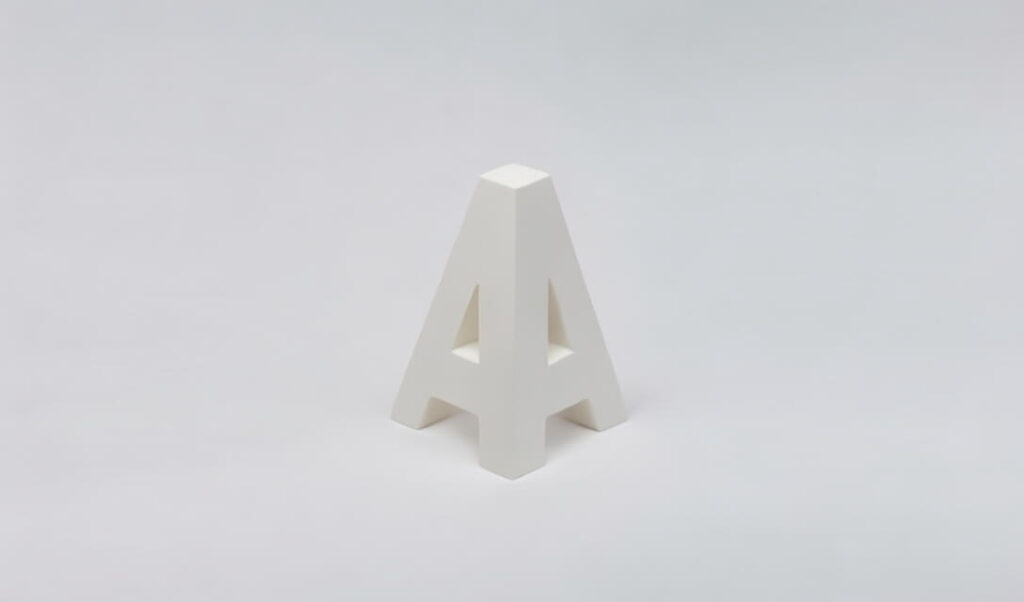
In the world of alphabets, each letter leads a double life. They exist in two versions – the towering uppercase, often referred to as the capital letter, and the modest lowercase. The letter A is no exception to this rule.
So, what are the two versions of the letter A? They are the capital letter A and the lowercase letter A. The capital letter A stands tall and assertive. It’s the version we use at the beginning of sentences and for proper nouns. Its structure is characterized by two diagonal strokes meeting at a peak, with a horizontal bar connecting them midway.
On the other hand, the lowercase letter A is humble and more commonly used. It’s the one we use in the middle of sentences, giving structure to words. Its form varies between handwriting and typefaces, but the most common version (known as the ‘double-story’ a) looks somewhat like a circle topped with a hook.
In addition to standard print, there’s a certain elegance and fluidity that comes with cursive writing, especially with the letter A. The letter A in cursive retains the foundational structure of the printed letter but adds a sense of style and sophistication. The capital A in cursive often begins with an upward loop, reaching a pinnacle, then curving right and down in a graceful swoop. The lowercase ‘a’ in cursive maintains its circular motif with an additional upward stroke, creating a continuous flow into the next letter. The cursive A is not only aesthetically pleasing but also encourages fine motor skills in young learners.
If cursive adds elegance to the letter A, the gothic letter A introduces a degree of grandeur and drama. The Gothic letter A is distinguished by its thick vertical strokes and thin angled lines, creating a diamond at the peak. It’s commonly seen in historical texts, lending a medieval charm to the written word.
While both the cursive and gothic styles of the letter A may not be commonly used in day-to-day handwriting, their appreciation is necessary for understanding the stylistic diversity and cultural significance of this versatile letter. From elegant invitations to historical manuscripts, these forms of the letter A carry a certain weight and beauty.
Exploring Different Types of A
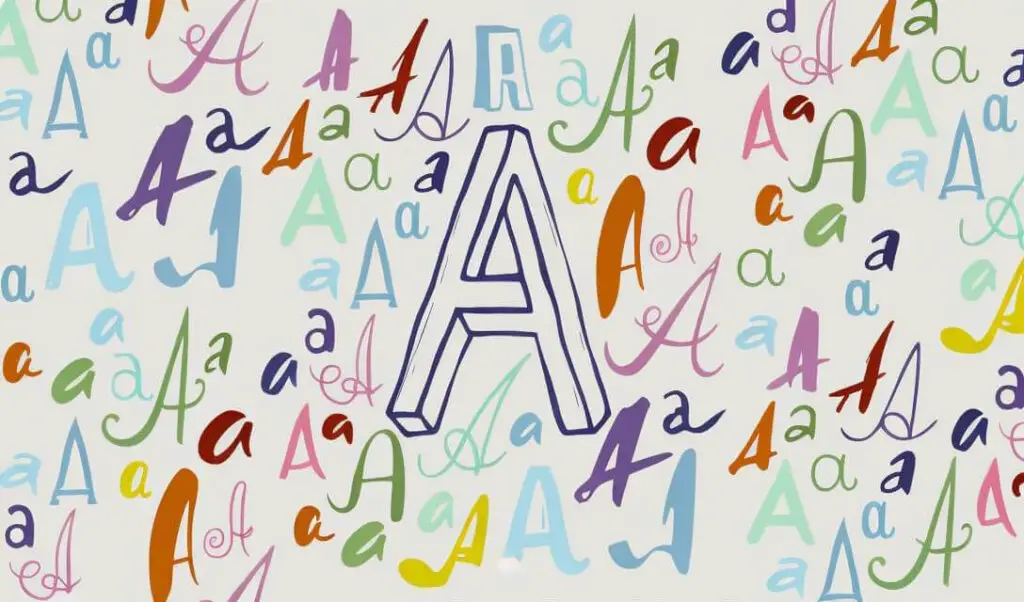
Beyond the realm of handwriting and typography, the letter A can take on a myriad of different forms. So, what do you call these different types of letter A? From the standard forms of lowercase and uppercase to stylized versions in various fonts and scripts, each variant of the letter A carries a unique name.
There’s the ‘double-story’ a, the commonly seen form in most print and many fonts. It’s called ‘double-story’ because it appears to have an extra ‘story,’ or level, compared to the simpler, ‘single-story’ a that resembles a small circle with a tail, commonly seen in handwriting.
Another different letter A variant worth noting is the ‘script’ a. This version, often found in calligraphy and decorative handwriting, features elegant loops and swirls. It’s a more stylized form of the letter and is often used for ornamental purposes or for adding a personal touch to written works.
A typeface or font itself can dramatically change the appearance of the letter A while preserving its recognizability. For instance, the ‘sans serif’ A has clean, uniform lines with no ‘feet’ at the ends, while the ‘serif’ A includes small decorative strokes or ‘feet.’
Understanding the different types of letter A helps to recognize the versatility and adaptability of this vital alphabet letter. It shows how A can mold itself to suit various contexts, lending its essence to different styles and scripts.
Objects, Words, and Things Starting with A
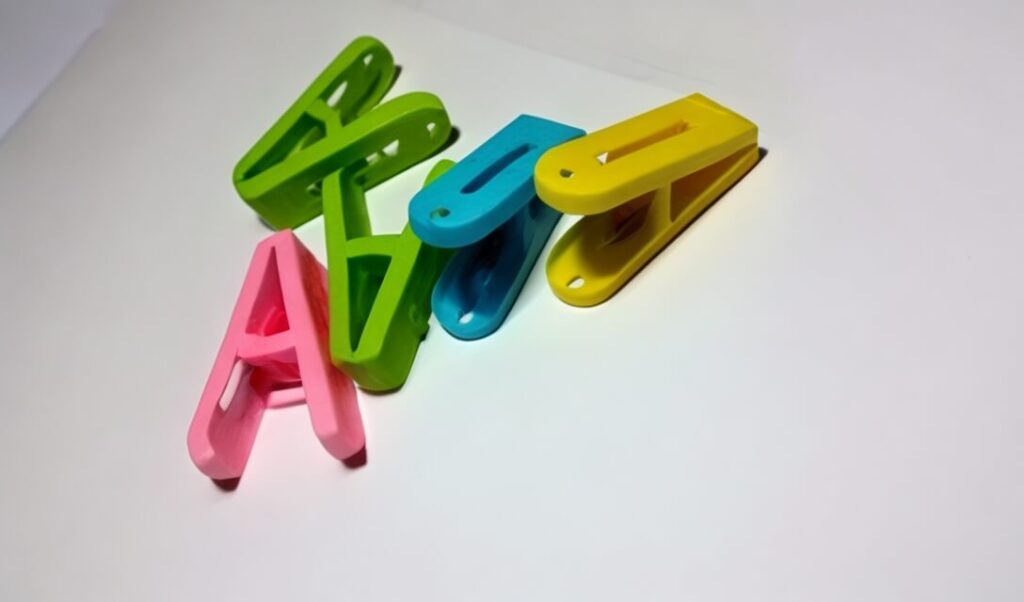
Now, let’s dive into the practical side of learning the letter A by exploring objects, words, and things that start with A. This not only aids in memory and comprehension but also encourages a holistic learning approach by relating abstract concepts to tangible entities.
Objects and Words Starting with A
- Apple: Perhaps the first object that comes to mind when you think of the letter A is an apple. This universally recognized fruit is a great starting point for teaching the letter A due to its simplicity, both in terms of spelling and pronunciation.
- Ant: Ant is an excellent example of a word that begins with A. These hardworking insects can be found all over the world and can be used to introduce concepts of nature and biology.
- Axe: Another simple word starting with A is an axe. While not as friendly as an apple or an ant, the word axe can spark conversations about tools and their uses.
- Astronaut: This is a fantastic word to introduce for those early learners who are fascinated by space and exploration. An astronaut starts with the letter A and can open up a world of imagination for children.
- Arrow: Arrows are universally known symbols for direction and can be an interesting object to discuss when learning about the letter A.
- Airplane: Another great word that starts with A is airplane. This can lead to conversations about travel, different countries, and how planes fly.
- Apron: This word can be used to introduce the concept of cooking or crafting, where aprons are commonly worn to protect clothing.
- Antenna: An antenna starts with A and can be a springboard for conversations about technology, specifically communication devices like radios or televisions.
- Acorn: Acorns, the nuts of oak trees, can introduce learners to nature and the life cycles of trees.
- Anchor: The last object on our list is an anchor. It’s a wonderful tool to dive into topics such as sailing, water bodies, and heavy versus light objects.
Using tangible objects and words that start with A can provide context and a frame of reference when learning the letter A.
Names Starting with A
Next, we will explore names that start with A. Names are unique, personal identifiers that can make learning more relatable and engaging.
- Ava: One of the most popular names starting with A for girls in the U.S. Ava means ‘life’ in various languages, providing a good starting point for language and cultural discussions.
- Aaron: This biblical name is widespread in many countries. Aaron means ‘high mountain’ or ‘exalted,’ themes that could be used to spark children’s imagination.
- Alexandra: An elegant and traditional name that can be abbreviated to Alex for everyday use. The name means ‘defender of men,’ which might pique interest in historical discussions about queens and warriors.
- Andrew: This name is of Greek origin, and it means ‘manly’ and ‘brave.’ Besides, it’s a versatile name with numerous diminutives such as Andy and Drew.
- Amelia: This beautiful name has Latin origins and means ‘work.’ Its popularity has surged in recent years, in part due to the charming character Amelia Bedelia in children’s literature.
- Austin: This is a classic name of French and Latin origin. Austin means ‘great’ or ‘magnificent’ and could be an excellent choice for parents seeking a distinguished name.
- Alyssa: This pretty name has Greek origins, derived from the Alyssum flower. It’s a great way to introduce the letter A through nature.
- Adam: It’s a traditional name of Hebrew origin meaning ‘man’ or ‘to be red.’ This name’s universality and simplicity make it a great choice for teaching the letter A.
- Autumn: A name that doubles as a season, Autumn is a delightful choice. It could stimulate discussions about the change of seasons and related themes.
- Archer: This English name means ‘bowman.’ Besides its cool modern sound, it could lead to interesting talks about medieval professions.
Naming gives identity, which inherently holds meaning and value. Therefore, learning about names that start with A can deepen the understanding of the letter and its application.
Animals Starting with A
Lastly, let’s take a look at ten animals starting with A, which can create a natural curiosity and interest for young learners.
- Antelope: A group of herbivorous African mammals that can vary greatly in size, from the small royal antelope to the large eland. The name “antelope” is a term used to classify a group of animals within the Bovidae family, which also includes cows, sheep, and goats.
- Alligator: A large reptile found primarily in the southern United States and China. Alligators are characterized by their short legs, long bodies, and powerful tails, which they use for propulsion in the water. They are semi-aquatic creatures, spending part of their time on land and part in water.
- Aardvark: Native to Africa, the aardvark is a nocturnal animal known for eating ants and termites. It has a long, pig-like snout used to sniff out food and powerful claws for digging.
- Armadillo: Known for its leathery armor shell, the armadillo is a small mammal found mainly in South and Central America. Some species are able to roll into a hard, protective ball when threatened.
- Albatross: Albatrosses are large seabirds that spend much of their lives flying over the open ocean. They have the longest wingspan of any bird, allowing them to glide for long periods without flapping their wings.
- Anaconda: One of the largest snakes in the world, the anaconda is found in the tropical rainforests of South America. Despite their size, they are excellent swimmers and spend much of their time in water.
- Ant: These industrious insects are found all over the world and are known for their complex, highly organized societies. They can carry more than 50 times their body weight and communicate using a variety of signals.
- Axolotl: Also known as the Mexican walking fish, the axolotl is a type of salamander that never undergoes full metamorphosis, remaining in its larval stage throughout its life.
- Ape: This term often refers to our closest primate relatives, such as chimpanzees, bonobos, gorillas, and orangutans. Apes are intelligent animals with complex social structures.
- Australian Shepherd: Despite its name, the Australian Shepherd was developed in the United States. These intelligent and energetic dogs are often used in herding livestock.
Learning about animals starting with the letter A is not only educational but also exciting. This can stimulate a child’s interest in nature and science, making the learning process more enjoyable.
As we explore these words, objects, names, and animals starting with A, we gradually construct a broader understanding and versatility of this letter’s usage.
Special Cases and Uses of Letter A
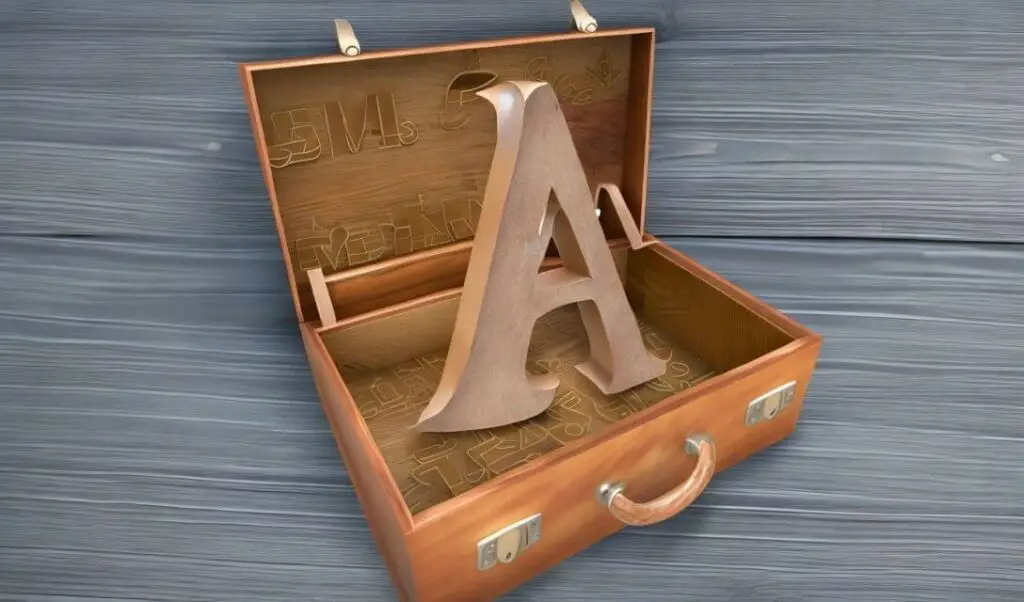
Language, as a complex system, never fails to amaze us with its uniqueness and diversity. Even when we focus on a single letter, like “A,” we can find numerous fascinating aspects and special cases that are worth exploring.
One of these special cases relates to words with silent letter A. The English language is filled with silent letters, and A is no exception. Take for instance, the word “bread.” The A in this word is not pronounced, which is quite intriguing.
Words with silent “A” also include “dead,” “lead” (the verb, not the metal), “thread,” “dread,” and many more. Understanding this silent characteristic is essential in mastering pronunciation, comprehension, and ultimately, communication.
Another aspect we’re going to discuss is the use of the capital letter after a colon. This is a common question that many English learners ask. Generally, in English, we do not capitalize the first word after a colon unless it is a proper noun or the start of a complete sentence. For example, in the sentence, “She had one hobby: painting,” the word “painting” remains lowercase because it is not a complete sentence or a proper noun.
Lastly, let’s divert our attention back to the animal kingdom and meet some cute animals that start with A. We’ve already explored some animals starting with A in the previous section. Still, it’s worth mentioning a few more, particularly those who are considered ‘cute’ by general standards:
- Alpaca: Originating from South America, alpacas are friendly and sociable creatures with soft fur, used for making warm clothing.
- Abyssinian Cat: Known for their playful nature and agile movements, Abyssinian cats are loved by cat enthusiasts worldwide.
- Australian Terrier: This small, robust breed is cheerful, intelligent, and shows a natural affection towards its owners.
Studying these special cases and uses of the letter A allows us to enhance our understanding and utilization of the English language. Not only does it improve our linguistic skills, but it also makes the learning process much more fascinating.
A in Different Contexts
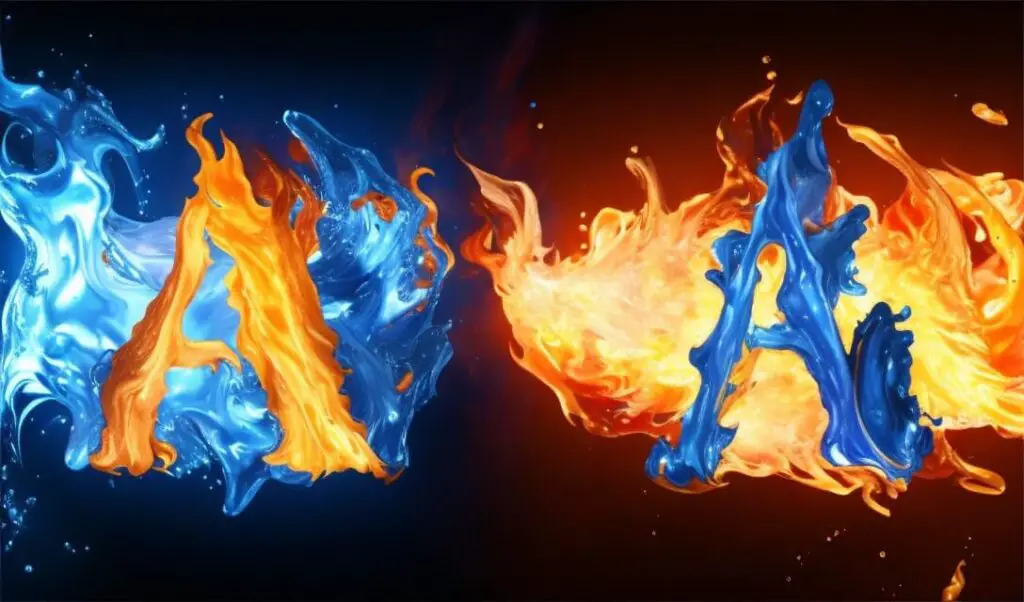
As we progress through this journey of exploring the letter “A”, it’s essential to consider its significance in different contexts, particularly in other languages and numbering systems. The letter A isn’t exclusive to the English language; it holds a prominent place in several other languages, each having their unique way of utilizing this alphabet.
Let’s start by looking at the letter A in Spanish. “A” in Spanish is pronounced like the “a” in the word “father”. It’s also used frequently as a preposition meaning “to”. Another fascinating fact is that in Spanish, each vowel represents only one sound, and for “A,” it’s always the “ah” sound. Thus, in the context of Spanish, the A is a lot more predictable in terms of pronunciation than in English.
The Roman letter A is another context worth exploring. In the Roman numeral system, the letter “A” doesn’t exist. The Romans used a set of letters to denote certain values. “I” stands for 1, “V” for 5, “X” for 10, “L” for 50, “C” for 100, “D” for 500, and “M” for 1000. Despite this, the influence of the Romans on the formation and development of the Latin alphabet, from which the English alphabet evolved, is undeniable.
Another intriguing avenue is the Greek alphabet, where the Greek letter A, or “Alpha,” originates. Alpha is the first letter of the Greek alphabet and carries a value of 1 in the system of Greek numerals. It’s noteworthy to mention that many scientific terms and names of stars, among other things, are derived from the Greek alphabet.
The significance of numbers with the letter A in different numbering systems is quite fascinating. In the hexadecimal system used in mathematics and computing, the letter “A” is used to represent the number 10. Understanding this system is crucial for those studying or working in computer science and related fields.
Finally, let’s highlight letter A printable resources for practice. These are wonderful tools for individuals just starting their journey in learning the letter A. These printable materials come in various forms, including coloring pages, tracing exercises, and activity sheets featuring objects and animals that start with the letter A.
As we see, the reach and significance of the letter “A” extend far beyond the English language. It touches other languages, influences mathematical and computational systems, and even impacts educational tools and resources.
Conclusion
At the close of this comprehensive exploration, it’s fair to say that the journey to learn letter A and its sounds is an enriching and educational experience. It has been fascinating to delve into the vast world that one single letter can encapsulate. We started this journey with the simple purpose of understanding and learning the letter A. Along the way, we’ve unearthed its multifaceted nature, from the two versions of the letter A, its spiritual implications, diverse types, and the special cases of its usage.
Our discussion of the two forms of letter A illuminated the differences between the capital letter A and the lowercase letter A. We learned that each version has its unique style and use, understanding how they blend harmoniously to form words and sentences.
Exploring different types of A, we came across the variety that this single letter boasts of. We looked at the different letter A used across mediums and how they all come together to give the letter A its distinctive character. This includes the stylish versions of the letter A that we see in creative typography, such as gothic letter A and cursive letter A.
We then took a linguistic journey, starting with a list of objects, words, and names that begin with the letter A. It showed us how widespread and significant the use of the letter A is, whether in objects around us, common words we use, names we hear, or even the cute animals we know of.
Digging deeper, we navigated the special cases and uses of the letter A. From words with a silent A to the grammatical use of a capital letter after a colon, it became evident how versatile and dynamic this letter is. Even within the English language, the usage of the letter A is varied and rich in context.
Lastly, we ventured into how the letter A has made its mark in different contexts, not only limited to the English language but also spreading its influence across the Spanish language, Roman numerals, Greek alphabet, and even into mathematical systems like hexadecimal. It was indeed enlightening to see how one letter can extend its reach into various disciplines.
The conclusion to this journey of learning the letter A isn’t the end but merely the beginning. As we continue to learn more about the English language, the importance of understanding each letter in its entirety becomes even more evident. Remember, learning is an ongoing journey, and every bit of information contributes to making it a fulfilling and enriching experience.
To further reinforce what you have learned, consider using letter A printable resources for practice. It’s an engaging way to learn, especially for younger learners. This exploration of the letter A is a testament to the beauty of language, its complexity, and the power it holds within its simple elements. Let’s continue to embrace this journey, one letter at a time.




